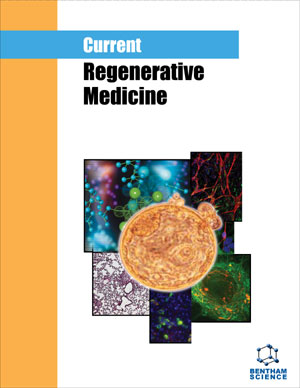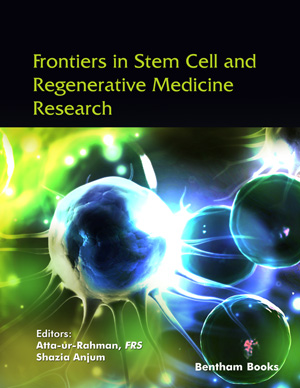Abstract
The analytical review is devoted to the current state of the world problem of restoring the anatomical and functional integrity of the spinal cord after trauma in experimental animal models and humans. The review includes the epidemiology and pathophysiology of spinal cord injury (SCI), the use of stem cells for local transplantation in the central nervous system, including embryonic or induced pluripotent stem cells or the precursors of neuronal and glial cells. An important place in the review is devoted to the use of neuronal trophic factors in the concept of reconstructive therapy of spinal cord injuries. The authors singled out the experimental and clinical directions of the restoration of the conduction pathways and functions of the spinal cord when it is damaged placing emphasis on the combined use of cellular, neuronal trophic ingredients based on the most modern biodegradable implants with the properties of target molecule system delivery. Considering the fact that obtaining reprogrammed neuronal cells from IPSCh take a long time with a small output of specialized cell mass, the authors of the review give examples of modern promising technologies for solving this problem. The analysis of biodegradable matrices for cell transplantation into the area of spinal cord injury focuses on the role of chitosan biopolymer as a promising material for regenerative medicine, in particular for the elimination of spinal cord injury. The authors' own results point to the successful experimental use of cellular collagen-chitosan matrices in the reconstruction of the spinal cord during its full transection. A separate section is devoted to the role of angiogenesis factors in the restoration of spinal cord functions and the contribution of chitosan polymers in the formation of therapeutic angiogenesis in spinal cord injury. The authors of the article draw attention to recommendations for basic and clinical trials of cellular products, biological surveillance, transparency of manipulation and ethics, presented by the International Campaign for Cures of Spinal Cord Injury Paralysis (ICCP) and the International Society for Stem Cell Research (ISSCR).
Keywords: Biopolymers, cellular reconstruction technologies, collagen-chitosan scaffold, experiment and clinic, neurotrophic support, prospects, recovery strategy, spinal cord injury.
Graphical Abstract
 23
23 7
7 1
1 1
1






